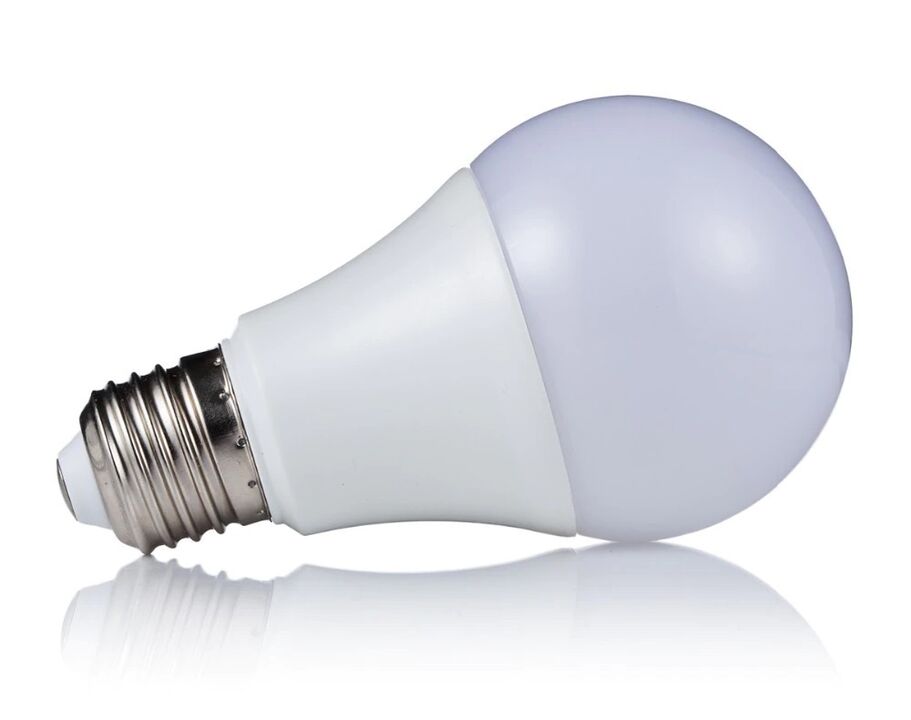
The growing level of energy consumption with a simultaneous increase in the cost of energy resources leads to the diffusion of new energy saving technologies. There is currently an increase in sales of LED lighting products for domestic and industrial use, which are becoming more and more affordable.
Many European countries have laws to phase out incandescent lamps.Energy savingwhen replacing such light sources, as well as halogen and fluorescent lamps with LED ones, 2-8 times is achieved. Additionally, switching to energy-efficient devices reduces operation and maintenance costs, improves the environmental safety of facilities, and reduces carbon dioxide emissions.
Energy saving features of LED lamps
The design of the LED lamp, including the housing, optical system and crystal with semiconductor properties, allows electricity to be converted into light flux without unnecessary losses, thereby reducing energy consumption and ensuring significantenergy saving.
The lifespan of LED devices, while ensuring effective heat dissipation, reaches 60-100 thousand hours or more than 10 years. The operating time of incandescent lamps is on average 1 thousand hours. Thanks to reliability, durability and low energy consumptionenergy savingwhen installing new lighting fixtures, this is evident even on the scale of a small manufacturing plant or commercial facility. Devices based on LED technologies fully recover investments in a period of 1-2. 5 years.
Selection of LED devices with optimal characteristics
The modern lighting market offers LED devices with various energy saving characteristics and indicators, which determineenergy savingwhen using the devices.
When choosing a lamp it is important to pay attention to the value of the luminous efficiency indicator, i. e. the amount of luminous flux that the light source emits when it consumes one watt of electricity. To maintain the lighting level and maintain comfortable conditions at the facility, the luminous flux of the installed lamp should be selected not lower than this indicator for the device to be replaced. When installing lamps, it should be borne in mind that for incandescent lamps the luminous efficiency is 10-15 lm/W, for fluorescent devices - 65 lm/W, and for modern LED devices - 110-150 lm/W .

























